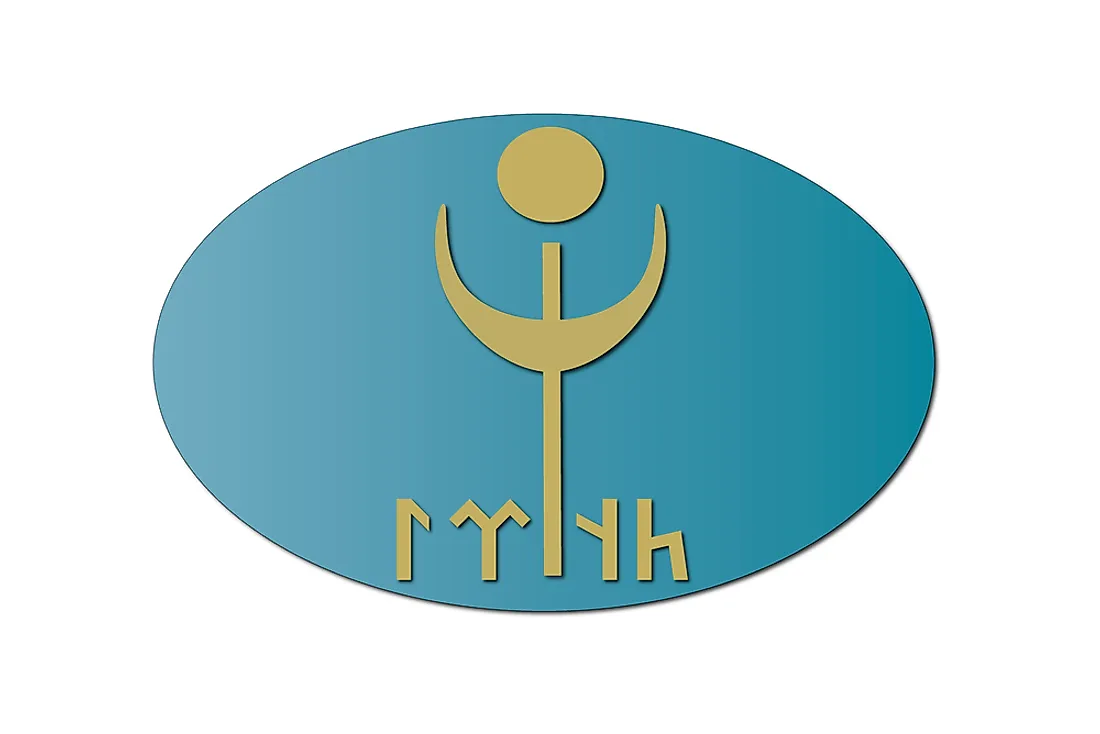What Is Tengrism?

Tengrism is an ancient religion that is still practiced today in central Asia. The religion comprises of practices like ancestor worship, monotheism and shamanism. It is grounded on the belief that Tengri provides for every human being in the world as eternal blue-sky spirit and the fertile earth spirit. The supernatural ruler is believed to be the holy spirit of the sky who is the creator of the whole world and everything in it. Tengrism is still practiced in central Asia countries like Kazakhstan, Kyrgyzstan, Mongolia and the Turkic nations in Siberia as there are efforts to revive it after years of decline.
History Of Tengrism
Tengrism has a rich past as it was among the influential religion in central Asia. The Bulgars and Huns who quickly spread the religion in that region introduced the religion to Eastern Europe. After the takeover by Uighuric khans, Tengrism lost relevance since it was overshadowed by Manicheism, which was made the official religion. Genghis Khan was also instrumental in establishing this religion in the Mongol empires and in conquered nations. However, his descendants switched to the Islamic faith and Tengrism faced competition from Islam. This competition at one point turned into violent confrontations as the Muslims sought to impose their beliefs on the followers of Tengrism
Symbols
There are symbols that define Tengrism and have been proven through scientific study. Some symbols feature prominently in countries like Kazakhstan. The Gun Ana represents the sun, which is present in most flags. The goddess of fertility and virginity is given the name, Umay while Tengrists recognize Bai-ulgan as the greatest after Tengri. Other symbols include the flags of Kazakhstan, Chuvashia and Sakha republic. The coins of Gokturk also act as symbols of the religion.
Tengrism Beliefs
The believers of Tengrism practice tolerance towards other people who subscribe to different religions. It meant that they did not force their beliefs on other people by force or coercion. Tengrists believed that if they lived an upright life devoid of any evil, they will be given the authority to rule for eternity. The people had to be subject to the complete adherence to the laws of Tengri. In case they fail to obey these laws, Tengri would take the privilege away and they would become desolate. While monotheism is the center theme of Tengrism, other demi gods or spirits have been placed alongside Tengri.
Revival Efforts
Tengrism had been slowly fading out because of the influence from socialism. When Central Asia was part of the Soviet Union, there was an active repression against any form of religion apart from the state sponsored ones. After the fall of communism, nationalist sentiments from Turkic people helped to raise attention to Tengrism. Furthermore, Tengrist societies have been forming to advance the interest of this religion. Political leaders have also helped to raise awareness of the existence of Tengrism.











